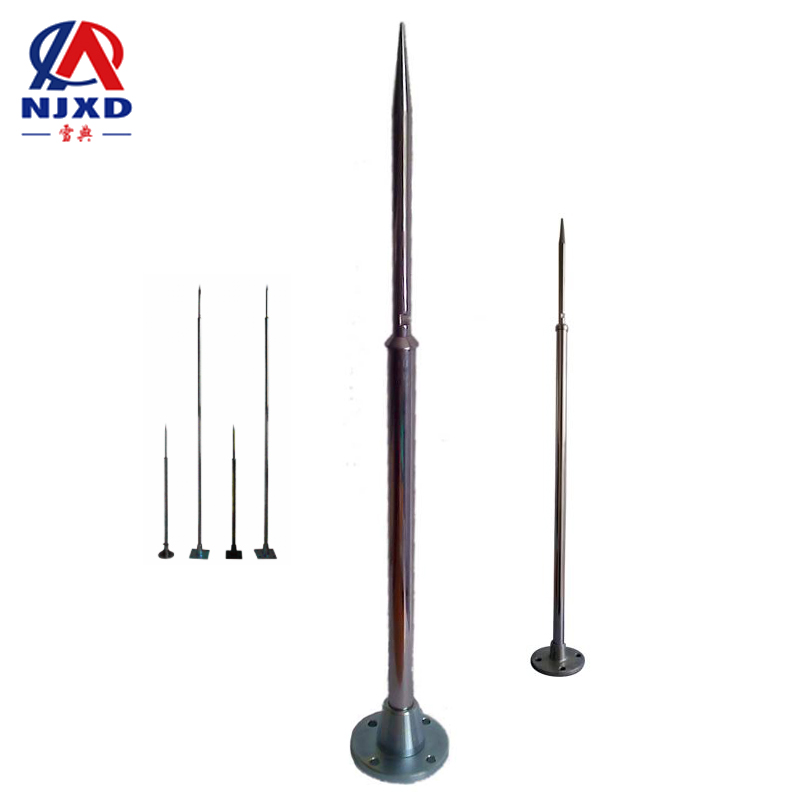NEWS
Classification of grounding method ightning Rod lifting mast
Time:2021-04-30 View:
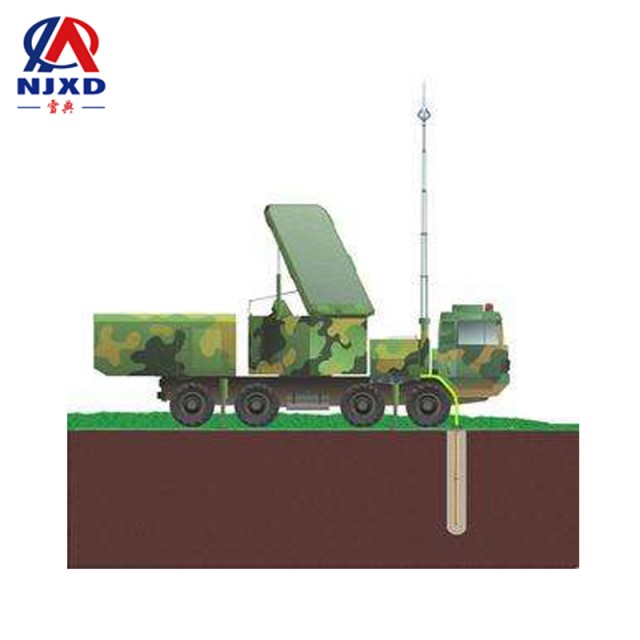
Grounding wire is a line directly connecting the Earth, which can also be called Safety return conductor. When it is dangerous, it transfers high pressure directly to the Earth, which is regarded as a lifeline.
Due to the poor insulation performance of household electrical appliances or the humid environment, the shell of household electrical appliances will have certain static electricity, and electric shock accidents will occur in serious cases. In order to avoid accidents, a wire can be connected to the metal shell of the electrical appliance, and the other end of the wire can be connected to the earth. Once the electrical appliance has leakage, the grounding wire will release the electrostatic belt into the earth. In addition, when electrical maintenance personnel use electric soldering iron welding circuits, they sometimes break down and damage the integrated circuits in electrical appliances due to the charging of electric soldering iron, which is more important. Friends who use computers sometimes ignore mainframe Shell grounding. In fact, connecting the computer mainframe shell to a ground wire can prevent crash to some extent.
Grounding wire in power system: it is an important tool to ensure the staff when there is unexpected voltage on the equipment and lines that have been powered off. According to ministerial regulations, grounding wire must be made of bare copper flexible wire above 25mm 2.
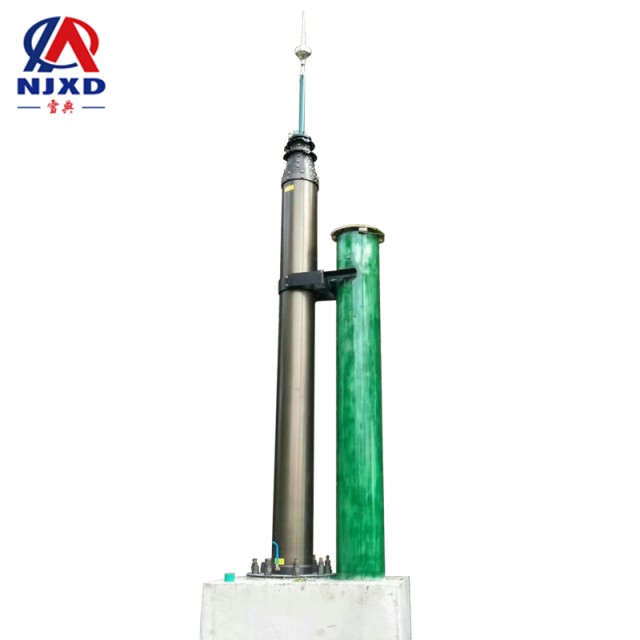
Introduction
In electrical appliances, grounding wire is a line that connects to the housing of electrical equipment and other parts in time to export unsafe charge or leakage current caused by various reasons.
(1) high-pressure ground wire function: high-pressure ground wire is used for line and substation construction to prevent electrostatic induction electric shock or misclosing of adjacent charged bodies to ensure safety.
(2) high-pressure ground wire structure: the portable high-pressure ground wire consists of insulation operating lever, wire clamp, short circuit protection wire, ground wire, grounding terminal, confluence clamp and grounding clip.
(3) high-pressure ground wire manufacturing process: excellent manufacturing process-wire clamp and grounding clip are made of high quality aluminum alloy die casting; The operating rod adopts epoxy resin Tricolor CRT, with good insulation performance, high strength, light weight, bright colors, the surface is smooth; The grounding soft copper wire is made of multi-strand high-quality soft copper wire stranded, and is covered with soft and high temperature resistant transparent insulation shield, which can prevent the wear of the grounding copper wire in use. The copper wire meets the fatigue test requirements, ensure the safety of operators during operation.
(4) grounding wire specification: according to the regulations of the ministry, grounding wire must be made of bare copper flexible wire above 25mm 2.
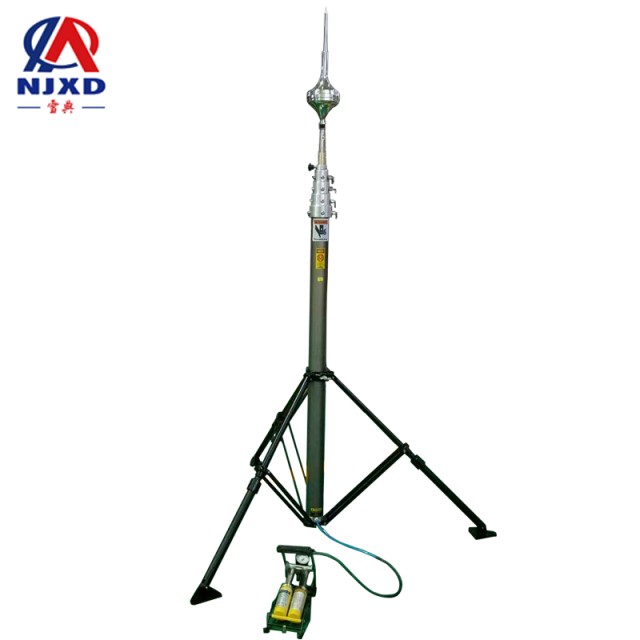
Basic composition of grounding mode
The components of grounding mode can be divided into two parts: Electrical equipment and power distribution system.
1. Grounding part of electrical equipment
(1) grounding body: one or a group of conductors in close contact with the Earth and forming electrical connection with the Earth.
(2) exposed conductive parts: conductive parts that can be touched by electrical equipment. It is not charged normally and may be charged in case of failure, which is usually the metal shell of electrical equipment.
(3) main grounding terminal board: the combination of terminals of various grounding (such as working grounding and protective grounding) and equipotential connecting wires in a building or part of the building. If arranged in a row, it is called the main grounding terminal strip.
(4) protection line (PE): make any part of the above exposed conductive part, main grounding terminal board, grounding body and power supply touchdown (or artificial touchdown) as the conductor of electrical connection. The conductor connecting multiple exposed conductive parts is called protective trunk line.
(5) grounding wire: connect the main grounding terminal board or the exposed conductive part directly to the protection line of the grounding body. The grounding line connecting multiple grounding terminal boards is called grounding trunk line.
(6) equipotential connection: refers to the electrical connection where the potential of each exposed conductive part and the conductive part outside the device are substantially equal [1].
2. Grounding part of distribution system
(1) phase line (L). The conductor that delivers electric energy is normally not grounded.
(2) neutral line (N). A conductor connected to the neutral point of the system and capable of delivering electrical energy.
(3) protection neutral line (PEN). A conductor with protection line and neutral line functions.
(4) power supply touchdown. Ground a point (usually a neutral point) where the power supply can be grounded.
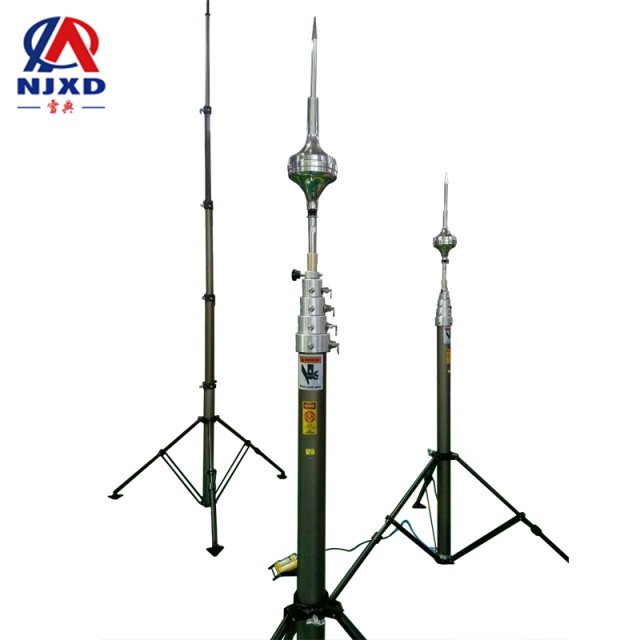
Classification of grounding methods
The grounding method of power distribution system in our country has been stipulated by IEC, and its classification is still divided into the grounding combination of power distribution system and electrical equipment, which is generally divided into TN, TT, IT system, etc. The meaning of the above letter: the first letter indicates the relationship between the power ground and the ground. Where T indicates direct grounding; I indicates non-grounding or grounding through impedance. The second letter indicates the relationship between the exposed conductive part of the electrical equipment and the ground. Where T indicates a separate direct ground that is not connected to the power supply touchdown; N indicates that it is directly connected to power system touchdown or the conductor drawn from this point.
According to whether the neutral line and protection line are merged, the TN system is divided into TN-C, TN-S, and TN-C-S systems. TN-C system: the protection line and neutral line are merged into PEN lines. TN-S system: protection line is separated from neutral line. TN-C-S system: a section of protection line and neutral line near the power side is merged into a PEN line, which is divided into protection line and neutral line from a certain point.
